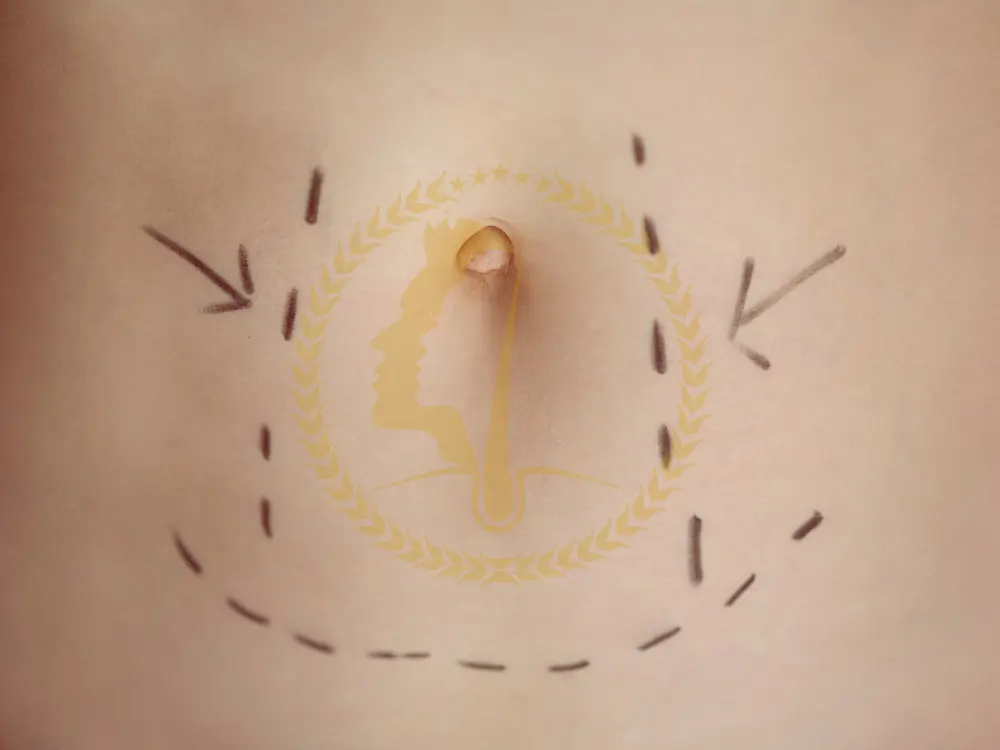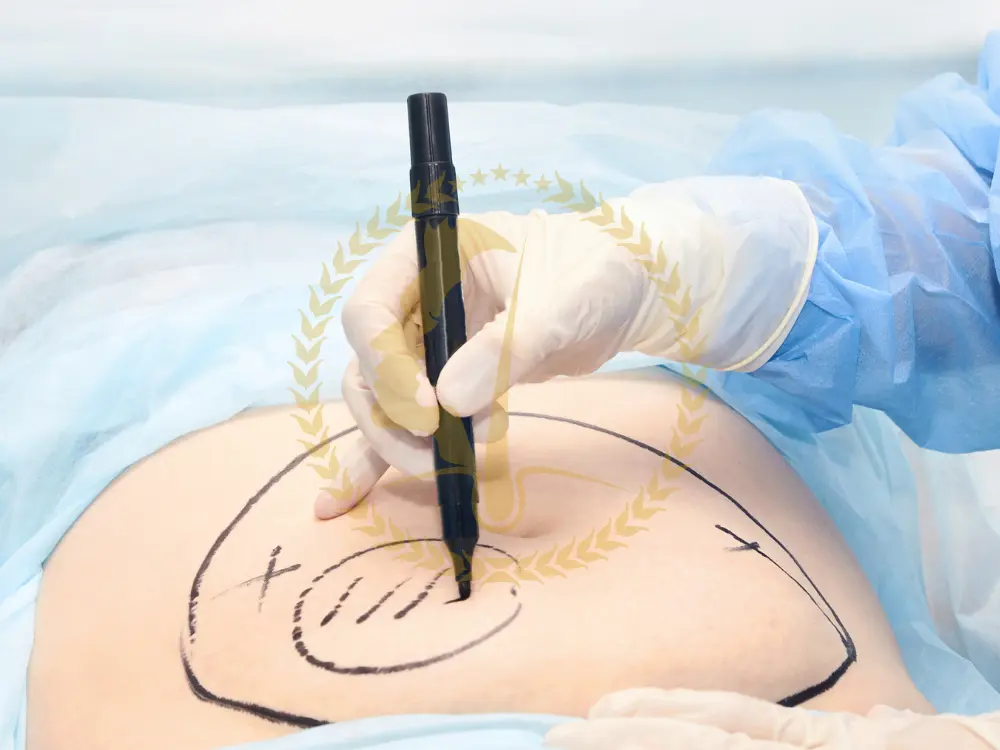Liposuction is a highly popular cosmetic procedure designed to remove excess fat from specific areas of the body, helping individuals achieve their desired shape and contour. Whether you’re struggling with stubborn fat deposits that don’t respond to diet and exercise or simply looking to refine your body silhouette, liposuction offers a proven solution. In this comprehensive guide, we will explore the ins and outs of liposuction, covering everything from the procedure itself to recovery and results.
What is Liposuction?
Liposuction, also known as lipoplasty or lipo, is a surgical procedure that removes fat from the body using suction. It is typically used on areas such as the abdomen, thighs, buttocks, neck, back, and arms. The procedure involves making small incisions through which a thin tube called a cannula is inserted to break up and suction out the fat.
The goal of liposuction is not just weight loss but to reshape and contour areas of the body that have not responded well to other weight loss methods. It’s important to note that liposuction is not a treatment for obesity, nor does it remove cellulite or stretch marks.
Types of Liposuction Techniques
There are several techniques used in liposuction, each with its advantages depending on the patient’s needs and the surgeon’s expertise. Here are some of the most common techniques:
1. Tumescent Liposuction
Tumescent liposuction is the most common form of the procedure. It involves injecting a large volume of saline solution, local anesthesia, and epinephrine into the fat before removal. This solution helps to numb the area, minimize blood loss, and ease fat removal.
2. Ultrasound-Assisted Liposuction (UAL)
This technique uses ultrasound waves to liquefy the fat, making it easier to remove. UAL is particularly effective for areas with dense fat deposits and is often used in conjunction with tumescent liposuction for optimal results.
3. Laser-Assisted Liposuction (LAL)
Laser-assisted liposuction utilizes laser energy to liquefy fat cells, which are then suctioned out. The laser also stimulates collagen production, which can result in tighter skin after the procedure.
4. Power-Assisted Liposuction (PAL)
Power-assisted liposuction involves a vibrating cannula that helps break up fat cells more efficiently, reducing the effort required by the surgeon and potentially leading to a quicker procedure with less bruising.
Who is a Good Candidate for Liposuction?
Liposuction is best suited for individuals who are close to their ideal body weight but have localized fat deposits that have not responded to diet and exercise. Good candidates typically have firm, elastic skin and are in good overall health. It’s important to have realistic expectations and understand that liposuction is intended for body contouring, not significant weight loss.
Individuals with certain medical conditions, such as heart disease, diabetes, or a weakened immune system, may not be suitable candidates for liposuction. It’s essential to discuss your medical history with your surgeon to determine if liposuction is right for you.
The Liposuction Procedure: What to Expect
Understanding what happens during the liposuction procedure can help ease any anxiety and prepare you for the experience. Here’s a step-by-step overview of the process:
1. Consultation and Planning
The journey begins with a thorough consultation with a board-certified plastic surgeon. During this meeting, you’ll discuss your goals, medical history, and any concerns you may have. The surgeon will evaluate your areas of concern, discuss the best liposuction technique for your needs, and develop a customized treatment plan.
2. Anesthesia
On the day of the surgery, anesthesia will be administered to ensure comfort during the procedure. Depending on the extent of the liposuction and the technique used, this could be local anesthesia, sedation, or general anesthesia.
3. Fat Removal
Small incisions are made in the targeted areas, and the cannula is inserted to begin the fat removal process. The cannula is moved back and forth to break up the fat, which is then suctioned out of the body. The amount of fat removed can vary, but surgeons typically remove between 1 to 10 pounds of fat during a single session.
4. Closing the Incisions
After the desired amount of fat is removed, the incisions are closed with sutures. In some cases, drains may be placed to remove any excess fluid that accumulates post-surgery.
5. Recovery
Recovery time varies depending on the extent of the procedure and the individual’s health. Most people can return to work within a week, but strenuous activities should be avoided for at least a month. Swelling and bruising are common after liposuction, but these typically subside within a few weeks. Compression garments are often recommended to help reduce swelling and support the healing process.
Results and Long-Term Expectations
The results of liposuction can be seen almost immediately, but final results may take a few months to fully develop as swelling subsides. The removed fat cells are permanently gone, but maintaining the results requires a healthy lifestyle, as remaining fat cells can still enlarge if weight is gained.
Liposuction can provide a more sculpted and proportionate figure, boosting confidence and enhancing the overall appearance. However, it’s important to remember that liposuction does not prevent future weight gain, and long-term success depends on maintaining a balanced diet and regular exercise.
Common Risks and Complications
While liposuction is generally safe, like any surgical procedure, it comes with risks. Potential complications include infection, bleeding, scarring, and changes in skin sensation. Rare but serious risks include fat embolism, where fat enters the bloodstream, and complications related to anesthesia.
Choosing a highly experienced and board-certified plastic surgeon can significantly reduce the risk of complications. It’s also important to follow all pre- and post-operative instructions provided by your surgeon.
Frequently Asked Questions (FAQs)
1. How long do liposuction results last?
Liposuction results are long-lasting as the fat cells removed do not return. However, weight gain can cause remaining fat cells to expand, potentially altering the results.
2. Can liposuction remove cellulite?
Liposuction is not designed to remove cellulite, as cellulite is caused by fibrous connective tissue beneath the skin. Other treatments specifically target cellulite.
3. Is liposuction painful?
Anesthesia is used during the procedure, so pain is minimal. Post-operative discomfort is common but manageable with prescribed pain medication.
4. How much does liposuction cost?
The cost of liposuction varies based on the area treated, the surgeon’s expertise, and geographic location. It’s best to consult with a surgeon for a personalized quote.
5. How soon can I exercise after liposuction?
Light activity can usually resume within a week, but strenuous exercise should be avoided for at least 4 to 6 weeks to allow proper healing.
6. Are the results of liposuction immediate?
You’ll notice a change in your body contour immediately after the procedure, but final results will be visible once the swelling has completely subsided, typically within 3 to 6 months.
Note: Ensure to consult with a board-certified plastic surgeon to determine if liposuction is the right choice for you and to discuss all risks and benefits associated with the procedure.




